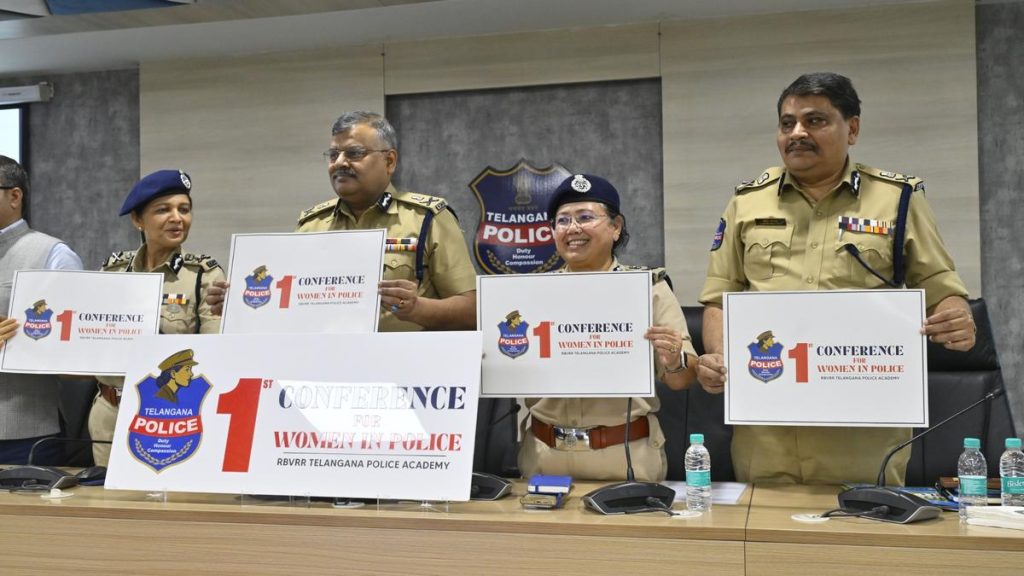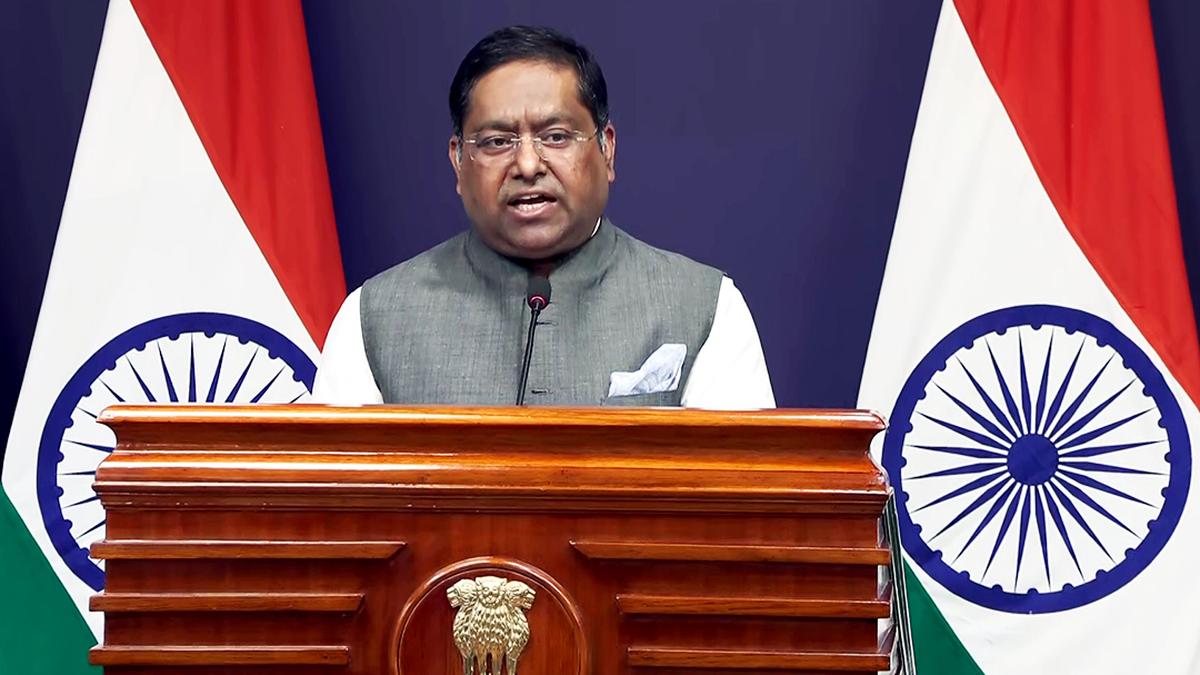Now Reading: Visakhapatnam’s Freedom Struggle Landmarks: A Tribute This Independence Day
-
01
Visakhapatnam’s Freedom Struggle Landmarks: A Tribute This Independence Day
Visakhapatnam’s Freedom Struggle Landmarks: A Tribute This Independence Day
Quick Summary
- visakhapatnam, though less prominent in the Independence Movement compared to Delhi, Mumbai, and Kolkata, played a unique role in India’s freedom struggle.
- Key landmarks in the city-town Hall, beaches, reading rooms-became stages for resistance and community efforts.
- The Town Hall hosted debates on non-cooperation and cultural events under strict British surveillance; participants often disguised meetings as cultural evenings.
- Visakhapatnam also saw notable women’s participation during Gandhi’s Salt Satyagraha in 1929. Children donated heirlooms like gold bangles to support the cause.
- During protests against colonial laws like the Rowlatt Act or Press Act (1919), residents chanted slogans such as “Vande Mataram” despite physical harm and arrests.
- On August 15, 1947-the day of India’s independence-the British Collector AH Southern lowered Britain’s Union Jack at Vizag’s newly-built Collectorate building (inaugurated Aug 15, 1913) and hoisted India’s national flag.
Indian Opinion Analysis
Visakhapatnam’s role emphasizes that significant contributions to India’s freedom were not restricted to major urban centers. From grassroots resistance at beach rallies led by women activists to intellectual debates within iconic spaces like Town Hall or reading rooms-this coastal town illustrates how local civic activism contributed uniquely toward swaraj.
The actions of figures such as Digumarthi Janakibai under extraordinary adversities exemplify how communities mobilized independently yet aligned with national movements led by leaders like Gandhi.Additionally, stories about symbolic protests (e.g., hoisting flags over colonial buildings) reveal both emotional fervor for independence and calculated acts of defiance pivotal in shaping public morale.
Looking forward, preserving these historic sites can serve as an enduring reminder of collective sacrifices made by ordinary citizens from all walks of life across India.Read More: [link]

























